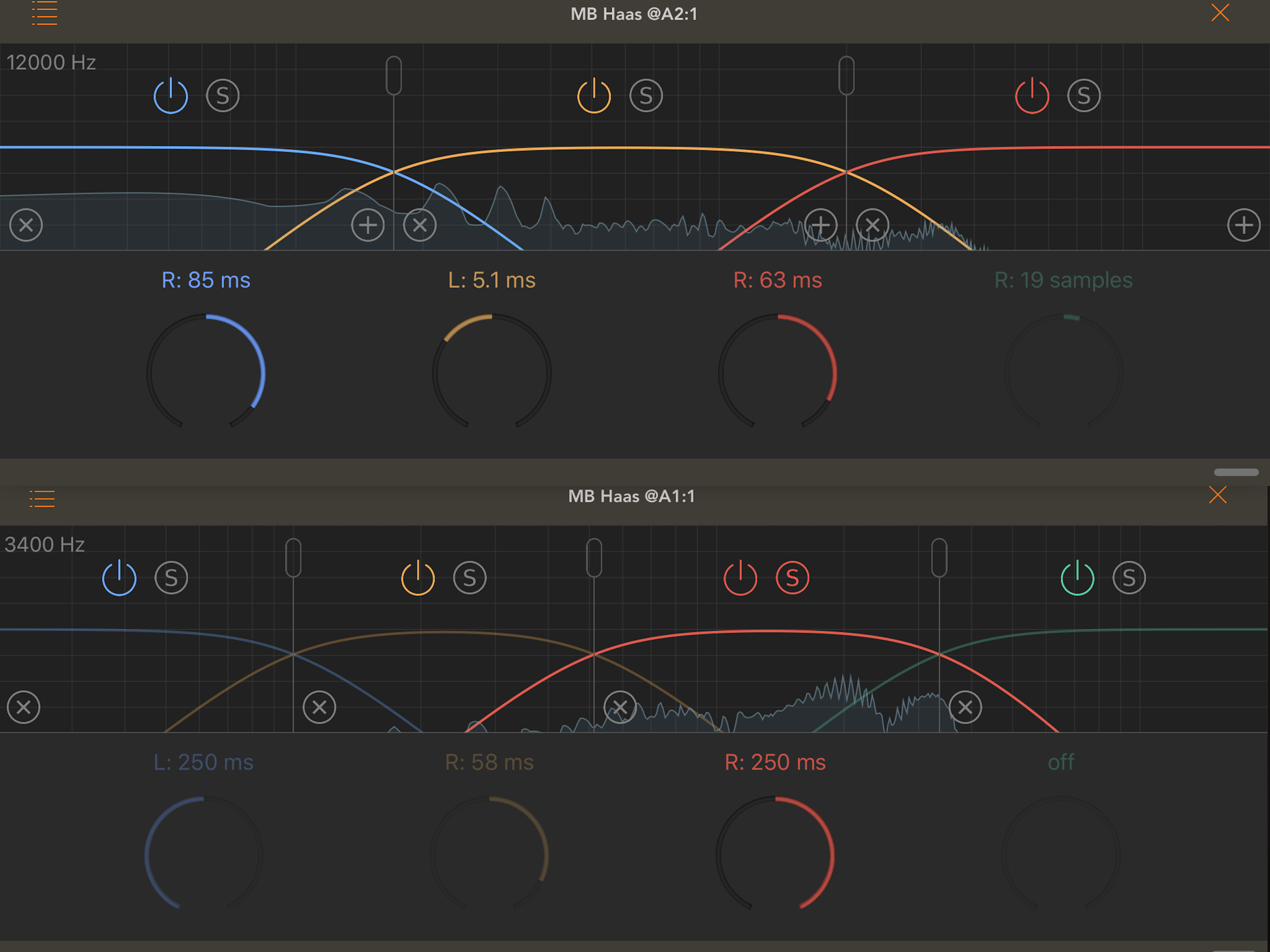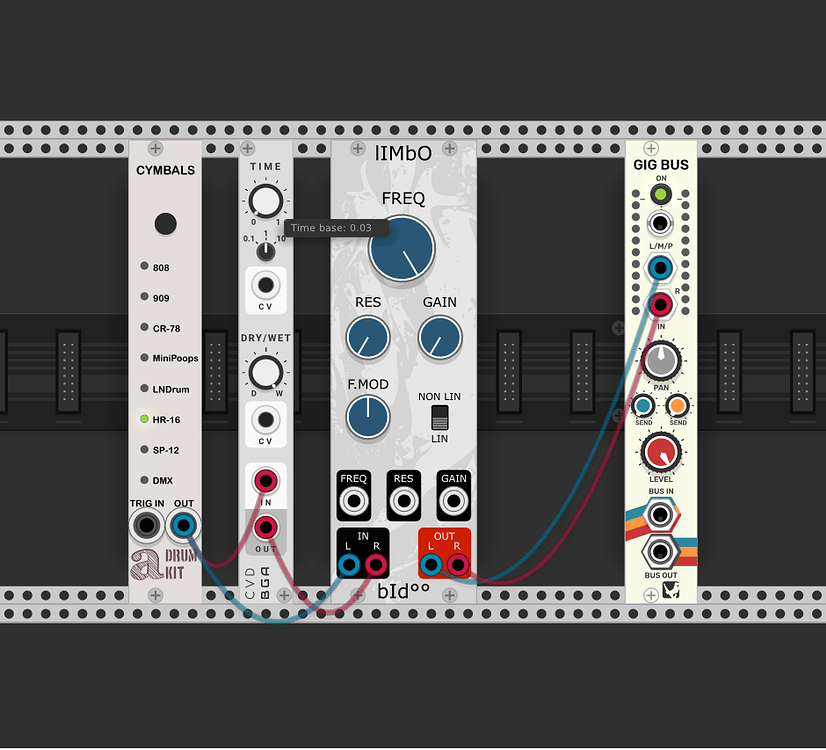

Thickening and filling is VERY different from widening, where the only way to make something go outside the width of your left-to right speaker panning is by adding polarity shifts which get detected as sounds being in places outside the two speaker's left to right field. Nothing new here I'm thinking? I don't like these videos because people who are just starting off will learn this delay and pan technique as a 'widening' tool - and it is not. Taking a snare or kick sample and delaying one is a great tool (and a very old one) to thicken a thin sounding percussive sound.

Depth and filling the sound field with reflections is NOT adding width. Width is dependent on where the speakers are, and often goes badly wrong with headphones. I don't think the word 'wide' is the right one here at all - all the effects are well known and add extra space, depth, loads of reflections, phasing and flutters - but width? Not a word I would use. Then the video moves on to adding wet deep reverb - it makes the sound bigger - as in as if in a bigger space, and the example is a huge space - but it adds no width - just the big flabby reverb. Applied to this drum sample, if it was a 'Haas effect' then it would sound like it came from the left (or right) channel, but with extra depth and width, but from a certain precise location. The Haas principles are to do with sound localisation and multiple arrival times, so with short delays, two separate sounds can be identified as a single sound and localised to the stereo field placement of the signal that arrives first. Want to see it in action? Kill Paris does a nice little tutorial on the Haas Effect so you can listen to the big difference it makes yourself.Wide mix is better mix? Really? I kind of lost the feel of this video at that simple statement because there's no context.It then says this is the Haas Effect = it clearly is not. However, be careful not to overdo it, as too much sound far away from the center of the audio field can reduce the track’s overall punch. This will help your tracks sound bigger and fuller within your mix, giving single instruments presence within a mix. I simply turned the delay on, which in turn enhances the spaciousness of the pad. No other controls have been tampered with. However, as soon as I activate the delay, the imager shows greater width within the stereo field. Right now, the delay is turned off (greyed out), and as you can see in the stereo imager, there is a single vertical line dead center in the middle of the semicircle, meaning that the sound is in mono. I also put iZotope Ozone’s Stereo Imager onto the chain to visually show the delay’s application. By default, the pad has stereo width, but putting the sound in mono will help demonstrate how spacious it becomes when the delay effect is applied. In order to give an example of the power of the Haas effect, I set up a simple pad from Nexus called “Deep Sea” with Ableton’s Utility plugin set to “Mono”. You can play around with the times to see what works for you, but try to stay within the 5-20ms range. Just change from Sync delay to Time delay mode and adjust so that the delay in your. Change the left and right channels to a desired time for this tutorial, I have set the left channel to 15.0ms and the right channel to 13.0ms. You can use the Delay to create the Haas effect in Ableton very easily. The default settings on the delay look like this.Ĭhange the settings on the delay from “Sync” (in yellow) to “Time” (in orange) and turn the “Dry/Wet” knob all the way up to 100%. The Haas Effect works best on airy sounds like pads, strings, and certain synths that can be layered to make big leads for drops.

Choose whatever sound you want to widen and drop in a Simple Delay from Ableton’s included Audio Effect rack onto your chain. įor this tutorial, I will be using Ableton 8, but this can easily be done in Ableton 9. However, creating space on a single sound can be done right in Ableton using one of Ableton’s standard audio effects called “Simple Delay”. Many producers are under the impression that achieving stereo width requires expensive, fancy plugins. This is very useful when a producer is looking to create space within a mix that will fill the audio field. The Haas Effect, also known as the Precedence Effect, is a psychoacoustic effect described in 1951 by Helmut Haas, who discovered that when a sound is followed by another sound with a short delay time in between them, the listener perceives a single sound.


 0 kommentar(er)
0 kommentar(er)
